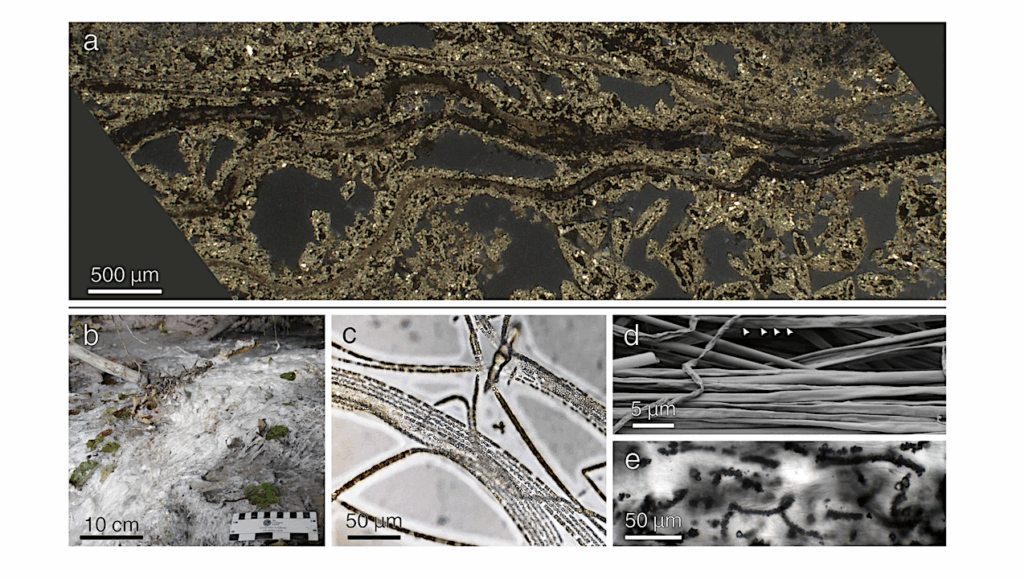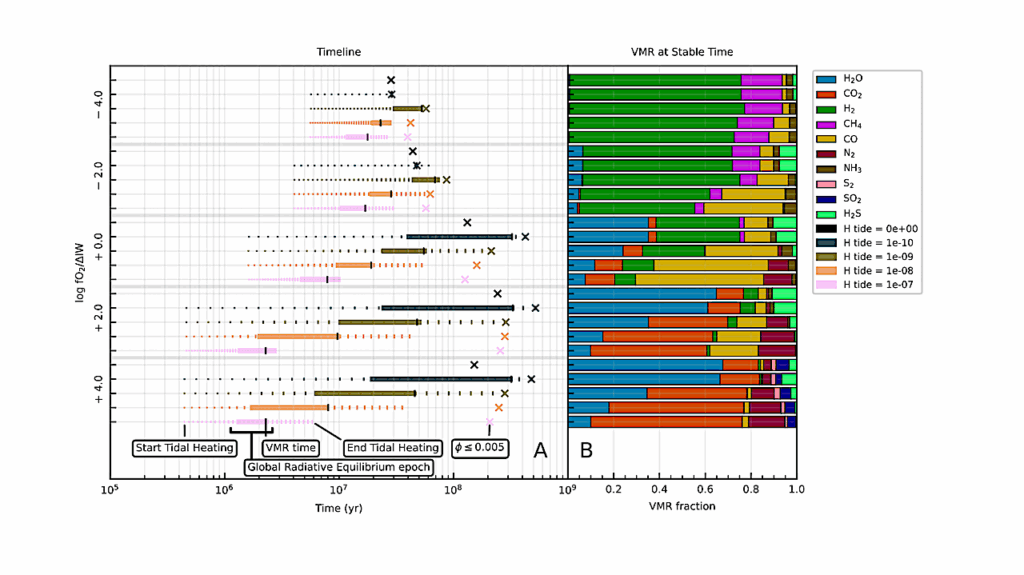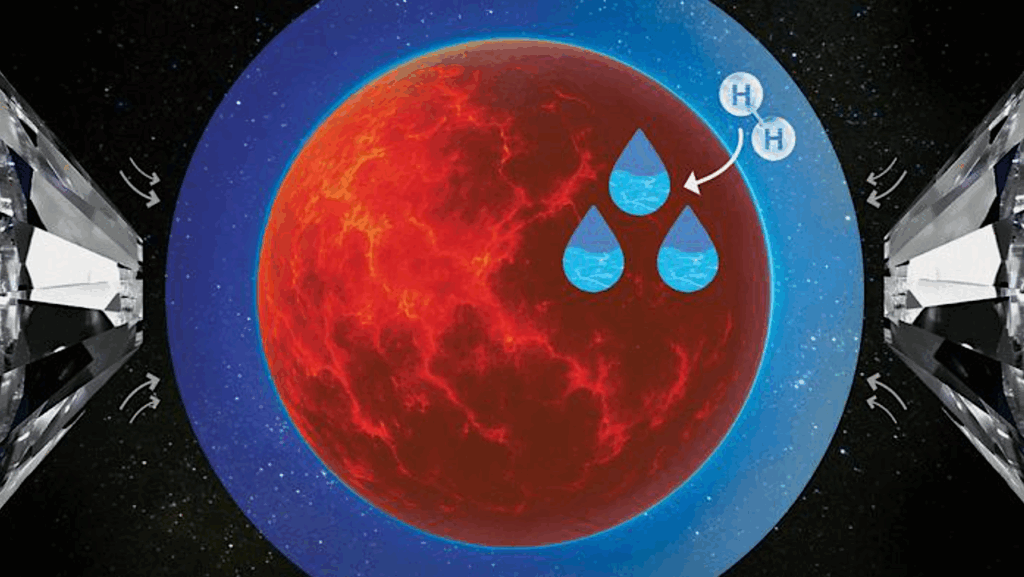CO2 Condensation is a Serious Limit to the Deglaciation of Earth-like Planets

It is widely believed that the carbonate-silicate cycle is the main agent to trigger deglaciations by CO2 greenhouse warming on Earth and on Earth-like planets when they get in frozen state.
Here we use a 3D Global Climate Model to simulate the ability of frozen planets to escape from glaciation by accumulating enough gaseous CO2.
We find that Earth-like planets orbiting a Sun-like star may never be able to escape from glaciation if their orbital distance is greater than ∼ 1.27 AU (Flux < 847 W m−2), because CO2 would condense at the poles forming permanent CO2 ice caps. This limits the amount of CO2 in the atmosphere and thus its greenhouse effect.
The amount of CO2 that can be trapped in the polar caps depends on the efficiency of CO2 ice to flow laterally as well as its graviational stability relative to subsurface water ice.
The flow of CO2 ice from poles to equator is mostly controlled by the bottom temperature, and hence by the internal heat flux. We find that a frozen Earth-like planet located at 1.30 AU of a Sun-like star could store as much as 1.5/4.5/15 bars of dry ice at the poles, for internal heat fluxes of 100/30/10 mW m−2.
But these amounts are lower limits. For planets with a significant water ice cover, we show that CO2 ice deposits should be gravitationnally unstable. They get burried beneath the water ice cover in short timescales of 102-103 yrs, mainly controlled by the viscosity of water ice. For water ice cover exceeding about 300 m, we show that the CO2 would be permanently sequestred underneath the water ice cover, in the form of CO2 liquids, CO2 clathrate hydrates and/or dissolved in subglacial water reservoirs (if any). This would considerably increase the amount of CO2 trapped and further reduce the probability of deglaciation.
Martin Turbet, Francois Forget, Jeremy Leconte, Benjamin Charnay, Gabriel Tobie
(Submitted on 14 Mar 2017)
Comments: Submitted – Comments are welcome
Subjects: Earth and Planetary Astrophysics (astro-ph.EP)
Cite as: arXiv:1703.04624 [astro-ph.EP] (or arXiv:1703.04624v1 [astro-ph.EP] for this version)
Submission history
From: Martin Turbet
[v1] Tue, 14 Mar 2017 17:59:19 GMT (3198kb,D)
https://arxiv.org/abs/1703.04624








